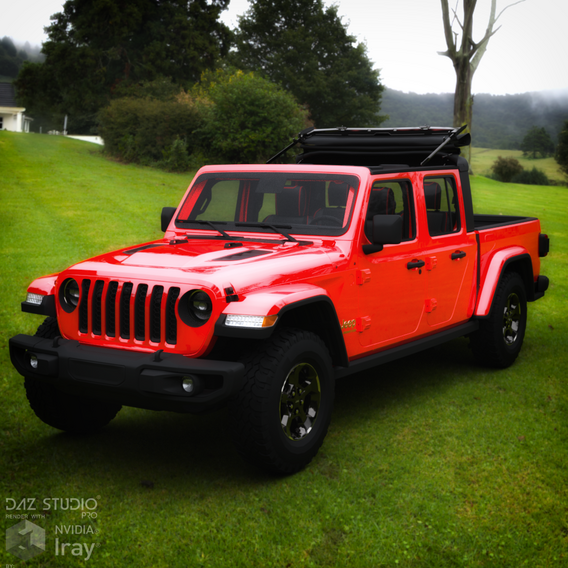Mercedes-Benz SL 1990





























The R129-generation Mercedes-Benz SL debuted for the 1990 model year to tremendous pent-up demand. Its predecessor, the R107, had languished in production for 18 long years, and the new model was a quantum leap in design, engineering, safety, and performance. Delayed nearly a decade while Mercedes focused on its new small sedans (the 190E and 300E), Bruno Sacco's R129 matured in the studio and emerged as a timeless, sophisticated, and impossibly elegant triumph of industrial design. Better yet, the R129 was as much substance as style, with safety and technical innovations that were a decade or more ahead of most every other car on the road.
Engine
For the U.S. market, the R129 was sold with two different DOHC inline-sixes, two different V-8s, and a V-12. Each model had its charms, but our favorite was the 500SL (a.k.a. the SL500 after Mercedes switched its naming scheme in 1994) with the M119 V-8. Sold between 1990 and 1998, this DOHC 5.0-liter was ultrahigh tech for its day. It even had variable intake-valve timing. Producing 322 horsepower and 332 pound-feet of torque, the 500SL was capable of period-sports-car acceleration with a muscle-car soundtrack to match.
If you had to pick one convertible to represent the 1990s, the Mercedes-Benz SL-Class would be the favorite based on its pop-culture profile alone. Cut to Clint Eastwood and Charlie Sheen fearlessly driving a Mercedes 500SL through a couple of warehouse windows in "The Rookie" (1990), with all parties apparently emerging unscathed. "Engineered like no other car," says Clint. See also William Hurt's cocky surgeon in "The Doctor" (1991), who indelicately describes his 500SL's electronically triggered pop-up roll bar as an aphrodisiac: "my electric roll-in-the-hay bar." Even doomed rappers Tupac Shakur and Biggie Smalls were fellow aficionados of the SL-Class.
This wasn't merely crass product placement; it was art imitating life. In Hollywood during the 1990s, if you wanted a top-dollar convertible with equal parts performance, prestige, and engineering excellence, there was the Mercedes-Benz SL, and there was everything else. Even today, this SL is a fixture in the movie business, the choice of aspiring screenwriters on the way up and of worn-out producers on the way down.
The secret to the SL's appeal in Hollywood during the 1990s was the same formula that endures today. It delivers understated German luxury, reliable powertrains shared with the S-Class sedan (inline-six, V-8, and V-12 in this case), a standard power-operated canvas top, and an optional, externally fitted hardtop that makes the car as weather-tight as a coupe. During an era when exotic cars were comparatively thin on the ground, this SL-Class was the most practical and easiest-to-drive sporting automobile you could buy.
When the fourth-generation SL (known by its engineering code, R129) came to market in the U.S. as a 1990 model, longtime Benz design chief Bruno Sacco singled it out as "the most perfect car" of his career. The squat, long-nosed wedge retains much of its machismo today, particularly when it wears one of the two staggered-width, 18-inch wheel sets from AMG that were offered as options. Underneath, the R129 thankfully keeps a safe distance from the notoriously overengineered W140 S-Class sedan of the same vintage, sharing instead many platform and suspension components with the workhorse W124 E-Class. The R129 stands at the crossroads of the analog and digital worlds, incorporating just enough contemporary electronic technology of our time to feel familiar, but not so much that you can't work on it yourself. Things will break, and parts are expensive, but fundamentally these cars were built to last. I know. In 2012 I bought a 1998 Mercedes-Benz SL500 with 67,000 miles on it that I still drive today.
Ultimately the R129's character is defined by what's under the hood. The first question before you is whether you're open to the six-cylinder R129, known as either the 300SL (1990-1993) or the SL320 (1994-1997). The former uses a 3.0-liter, DOHC inline-six making 228 horsepower and 201 lb-ft of torque, while the latter has a 3.2-liter enhancement of the same engine with 228 hp but a much-improved 232 lb-ft. You can find some shockingly low prices on pristine six-cylinder models.
Next up is the 500 series, which consists of two distinct 5.0-liter V-8 engines: the hand-built DOHC M119 (1990-1998) that makes 315 hp and 347 lb-ft of torque in its final incarnation and the SOHC M113 (1999-2002) that makes 302 hp and 339 lb-ft of torque. By consensus among enthusiasts at 500benz.com, the M119 is more temperamental, but its longevity is legendary. You'll see 200,000-mile specimens of this V-8 in classified ads.
Finally, there's the 600 series (1993-2002), which features the 6.0-liter M120 V-12. Essentially a pair of inline-sixes paired together, this 389-hp, 420 lb-ft monster added a few hundred pounds to the 500's already ample curb weight, so it didn't offer much of a performance improvement. From the driver's seat, however, it's a different experience from the moment you twist the key. The M120 sounds sublime, humming urgently at idle and ripping effortlessly through the midrange with a velvety intake snarl. But if you want to keep this V-12 running tip-top, you better be prepared. There's precious little space in the engine bay for hands and tools, and some independent mechanics will be reluctant to undertake major repairs for lack of experience, sentencing you to a four-figure spanking at your Mercedes dealer.





Comments